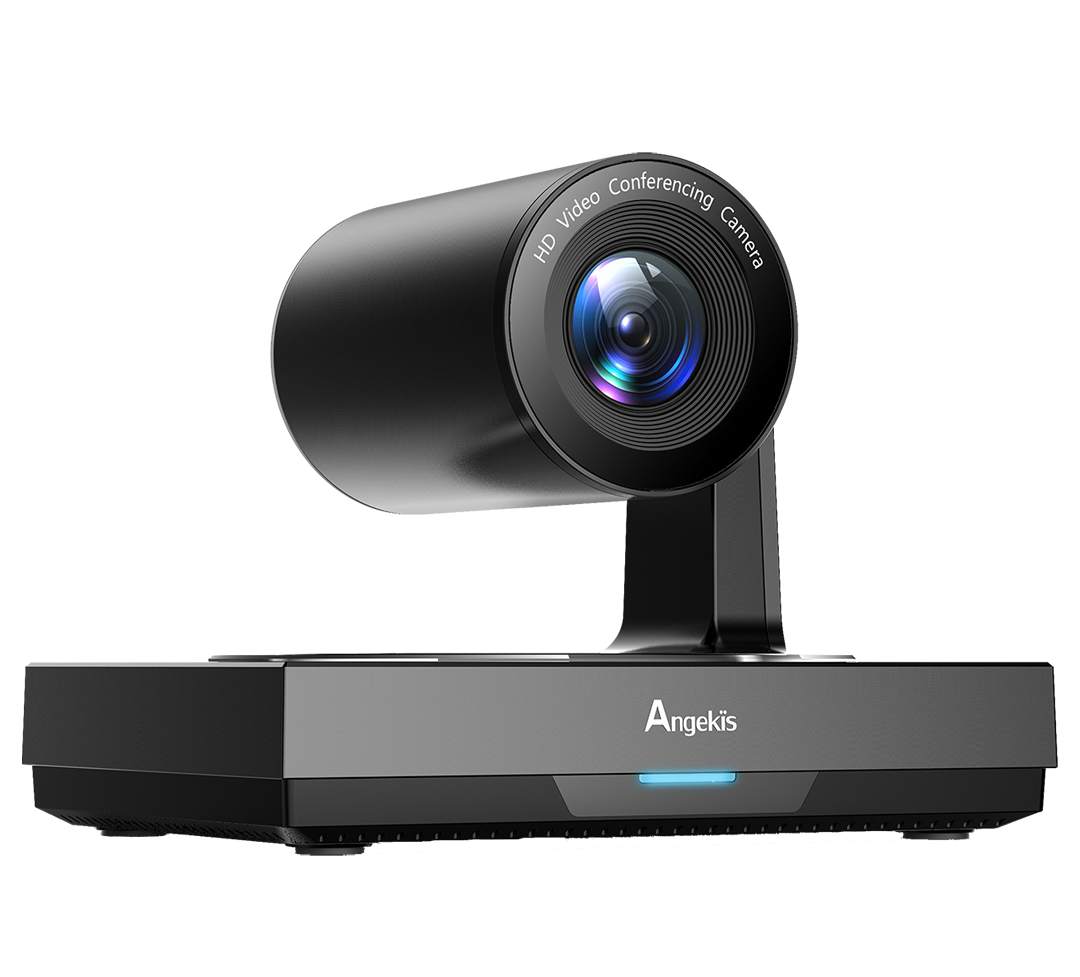History of Video Conferencing System (Part I)
Video conferencing system has a long history. It was invented by AT& T in 1964, and has a history of more than 70 years. The course of its development mainly includes three stages: analog video conferencing, digital video conferencing and international standard digital video conferencing. Now Angekis Technology will introduce the development history of video conferencing for you.
In 1960s, analog video conferencing began to be studied by developed countries, and gradually went commercialization. The transmission of video conferencing system in the early stage was in analog mode. Although the transmission was limited to black-and-white images and between two locations, the video conferencing system, led by the videophone developed earliest by Bell Laboratories in the United States and the 1MHz bandwidth black-and-white video conference of BT company in Britain, occupied substantial bandwidth and cost a lot, so it was not developed. By the mid-1970s, there had been major strides in digital image and speech coding technology, so the analog system was gradually replaced by digital system. However, due to the lack of a unified standard in the early video conferencing, they were all implemented on the basis of their own technology, which made it difficult for various video conferencing products to achieve interoperability.
Since 1980s, with the development of microelectronics, computer, digital signal processing and image processing technology, the theoretical research and application of practical system of video conferencing have been developed rapidly. In this period, the digital video conferencing system replaced the analog video conferencing system. Its image transmission occupied a relatively narrow bandwidth, and the quality was relatively good, so it was developed. In some areas, a video conferencing network began to take shape.

























